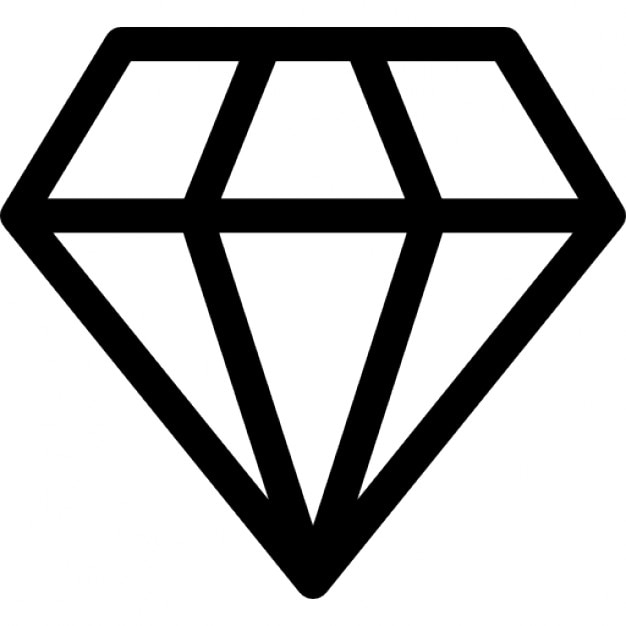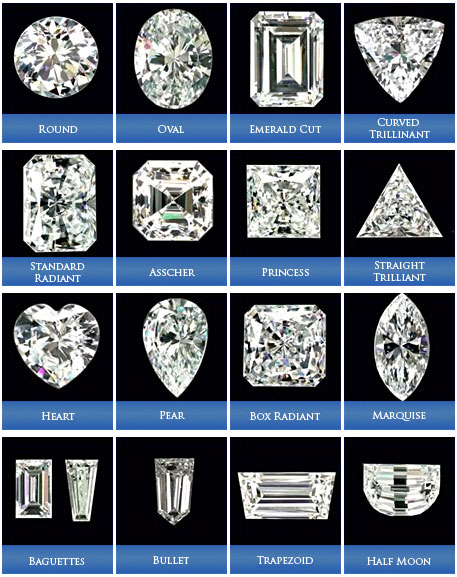

You’ll find them in all sorts of shapes they’ll often take on the form of fruits, animals, stars, ships, and so on.įurther in this article, we’ll talk about each shape separately in order to give you as much info about your favorite shape as possible.

There are some other unusual shapes of diamonds we didn’t mention here they are collectively called fantasy cuts. Quadrillion – Refers to the square diamond with 49 brilliantly cut facets.Trilliant – The name used for all brilliantly cut triangular diamonds.Radiant – Brilliantly cut diamond of square or rectangular shape with cut edges, similar to emerald-style cuts.Princess – Brilliantly cut diamond or square shape, it can have from 57 to 70 facets and variable proportions.

If the two sides of the baguette are narrower, it is a trapezoidal or tapered baguette.
Baguette – Gradually cut diamond of rectangular shape. Brilliant – Refers to a round brilliant cut diamond. Here are some terms used in diamond shops to describe the shapes and styles of diamond cuts: Now, before we go further, we’d like to introduce you to some essential terms and phrases that you’re likely to encounter during your diamond-shopping process. We’ve outlined the most popular ones below, though: And on the other, workmanship and production quality refer to the diamond’s proportions alongside polishing and finishing, which all amounts to something known as a diamond cut.īut rather than focusing on polishing and finish, customers will generally turn to what is most important to them and their personal taste – and that would be the shape of the diamond. As you’ve read so far, there are many shapes of diamonds – more than we could ever hope to cover in this guide. On the one hand, style refers to the shape of the diamond. When shopping for a diamond, you must recognize the difference between good and bad cuts – that is, to notice where the need to preserve the stone as large as possible resulted in a poorer final appearance of the diamond.Īlso, when talking about the final product, we must distinguish two things – style and the actual workmanship. Wondering why? Well, to make as much profit as possible, of course! It is important to emphasize that the shape of diamonds often depends on the compromise that occurs during the grinding process. Of course, the goal is to preserve the maximum size – or weight – of the raw crystal. Shaping Up The Conversation About Diamond Contours






 0 kommentar(er)
0 kommentar(er)
